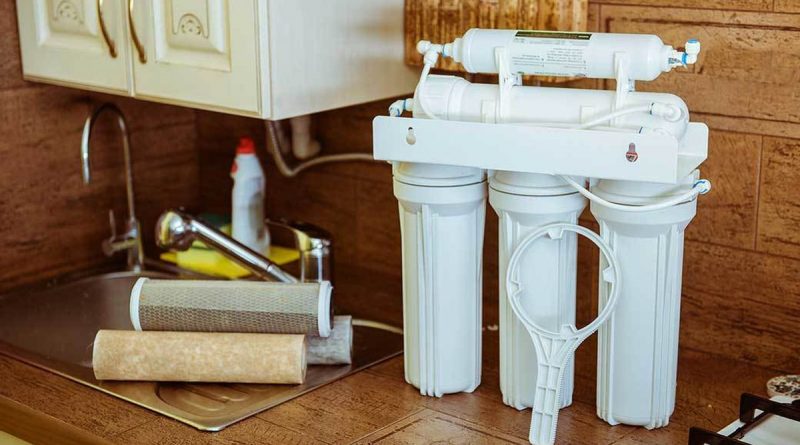Under-Sink Water Filter the River of Life
Do you have any concerns about the water you’re drinking? Is there a foul odor or taste to it? That’s a sign that you require a water filter. And not just any water filter will suffice. An under-sink water filter is the most favorable kind. An under-sink water filter is conveniently located so that you can have clean water anytime you need it. Because of a water line connection, water can flow through the filter on its route to the faucet. The best under-sink water filters are effective at removing contaminants from water, making it safe for drinking. It’s possible that you won’t need to filter all the water in the house, particularly if it’s clean. A water filter may also be used for various cleaning tasks around the house, such as washing and general cleaning.
What is an under-sink water filter?
A point-of-use (POU) device, an under-sink water filter works to remove a variety of pollutants from drinking water. The POU designation denotes that the system is put where you need clean water, such as in your kitchen or bathroom faucets. Also known as in-line filters, under-sink water filters attach directly to your waterline. Before it reaches your tap or other outlets, the water goes through the filter. Some under-sink filters, on the other hand, use a separate faucet to dispense water.
Countertop filters and water pitcher filters are other options. Nevertheless, most people choose under-sink water filters because of their simplicity. They’re simple to set up, easy to maintain, and quite practical. Under-sink water filters ensure that just the water you wish to consume is purified. They eliminate bad smells as well as any other pollutants in the water. These pollutants are potentially toxic to the human body and can cause disease. A good filter has a variety of components that aid in the removal of various pollutants.
For example:
- Under-sink filters contain an activated carbon layer that helps eliminate chlorine and chloramines, as well as a foul taste and odor.
- Heavy metals like lead: Here, an activated carbon filter with a tiny amount of metal removal resin as reinforcement comes to help.
- Arsenic and fluoride: An activated alumina cartridge coupled with iron oxide resin traps these impurities.
- Excess calcium and magnesium: A cation resin cartridge aids in the removal of minerals that may be present in excess and cause harm to the body.
- Filters made of polypropylene are used to catch sediment particles such as dirt.
- Bacteria and cysts: Use a sediment filter (made from sand or sediment particles) or a ceramic cartridge filter.
The above-mentioned filters can be used in an under-sink water filter to assist in enhancing the taste of water. They also help to neutralize the water and add important minerals to it.
The Benefits of Installing an Under-sink Water Filter
They’re convenient and efficient: Under-sink water filters provide you constant access to filtered water from a single source. As a result, you won’t need to buy a more expensive solution or refill a pitcher. Aside from that, because they don’t generate any effluent, under-sink filters are widely recommended these days.
They deliver targeted filtration: If you don’t want to waste money on whole-house filter to filter water for your bathroom, laundry, and toilet, under-sink filters purify water at particular places in your home. After all, most families are primarily concerned with ensuring the safety of their drinking water.
They save counter space: Installing an under-sink filter will save you important storage space on top of your sink or counter, especially if you live in a tiny apartment and need every inch of counter space you can get.
Better capacity and speed: The finest under-sink water filters purify about 1,000 gallons of water. As a result, some under-sink filters can last up to a year before needing to be changed. Furthermore, because under-sink filters employ water pressure to drive water through the filter, their filters may be denser, allowing them to filter out a wider spectrum of pollutants.
There is no need to replace cartridges very often: Under-sink water filters are a step up from pitcher filters in terms of upkeep. Under-sink filters can last up to six months without needing to be replaced, whereas pitcher filters need to be replaced every two months or so.
There is no need to replace cartridges very often: Under-sink water filters are a step up from pitcher filters in terms of upkeep. Under-sink filters can last up to six months without needing to be replaced, whereas pitcher filters need to be replaced every two months or so.




